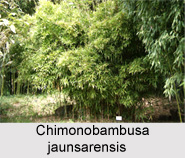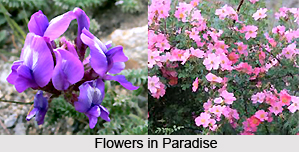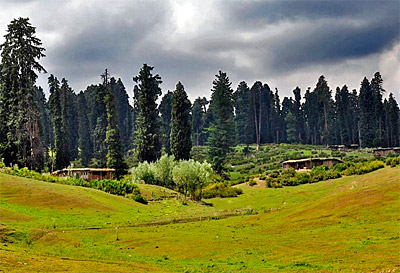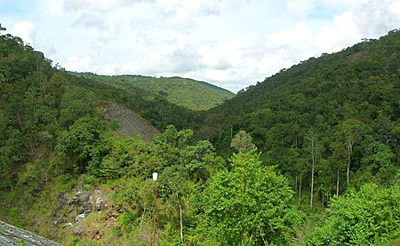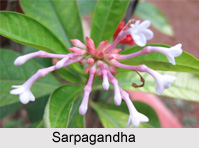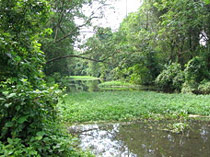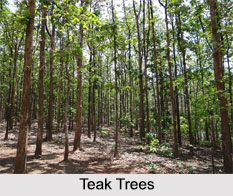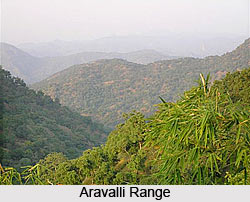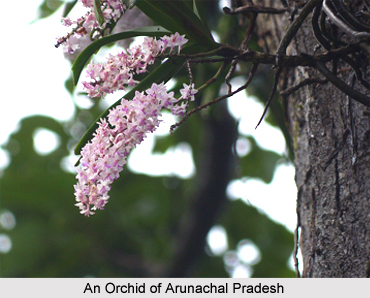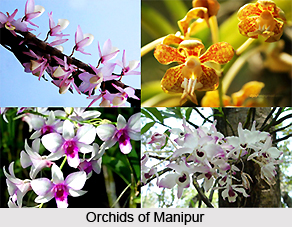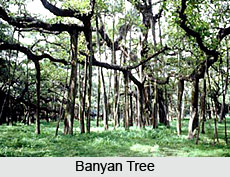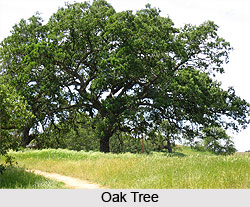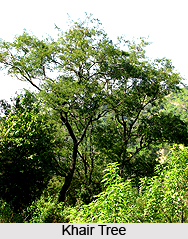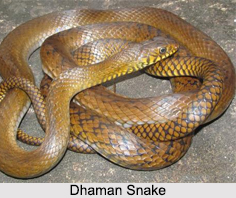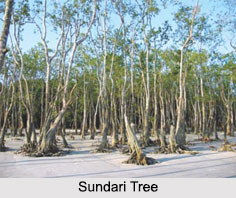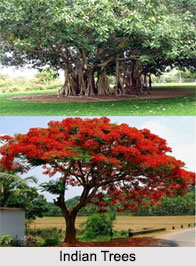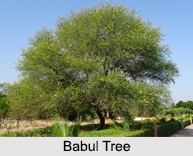Indian Barberry is a big, prickly shrub, with yellow wood and whitish or pale grey branches. The dried roots of the plant make up the drug. The principal component of the drug is berberine, an acrid alkaloid. Two alkaloid chlorides, namely palmatine chloride and a combination of palmatine and berberine chlorides have also been sequestered from the plant.
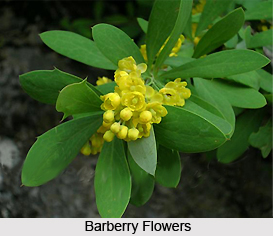 Methods of usage
Methods of usage
Indian barberry made up to Indian pharmacopoeia, due to one erudite`s lonesome toil, illustrating its usefulness till today.
Healing Power and Medicinal Properties of Indian barberry
Indian barberry was made official in the Pharmacopoeia of India. Mohideen Sheriff, a well-known authority on herbs considers it a substantial aboriginal medicine and made the medical domain become aware of its usefulnesses.
The herb is useful in reinstating the perturbed processes of nutrition and rejuvenates the regular function of the system. It assists in opening the natural ducts or pores of the body, checks bleeding and hastens ample perspiration, in spite of its astringent properties. Anti-tubercular activity has also been assigned to this drug.
Fevers cured by Indian barberry
Indian barberry is as dear as quinine is in malarial fevers. It is especially useful in alleviating pyrexia and checking the relapse of convulsions of irregular fevers. The bark and the root-bark are administered as a decoction or infusion. The infusion is given in dosages of 25 to 75 grams twice or thrice daily. The decoction is administered in dosages of 150 grams, between spasms of chronic feverish states.
Stomach Disorders healed by Indian barberry
Indian barberry is useful in stomach disturbances. It is also efficient in the treatment of cholera. It is an admired remedial for diarrhoea and dysentery in many parts of North India.
Piles cured by Indian barberry
Indian barberry is beneficial in bleeding piles. It is prescribed in dosages of 33 to 100 centigrams with butter. A thinned solution can also be used externally for handling piles.
Menorrhagia healed by Indian barberry
Indian barberry checks any unwarranted blood loss during the menstrual period, prescribed in dosages of 13 to 25 centigrams.
Skin Disorders cured by Indian barberry
In skin diseases, it is mostly administered in dosages of 13 to 25 centigrams. The decoction of the bark and the root-bark is effective as an antiseptic for ulcers and sores, because it aids cicatrisation or formation of blemish over the wound.
Eye Disorders healed by Indian barberry
The drug is exceedingly agreeable in the treatment of eye diseases. It is blended with butter and alum or with opium or lime juice and administered externally on the eyelids to heal ophthalmia and other eye maladies. When amalgamated with milk, it can be utilised as an effectively as a rub for conjunctivitis.
Method of Preparation - The root bark, roots and lower stems are boiled in water, sieved and vaporised till a semi-solid mass is attained. This is called `rasaut`, which is reasonably water-soluble.
